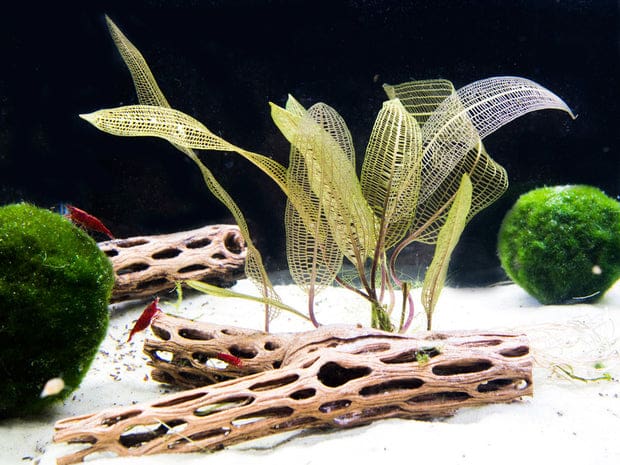The article you are about to engage with elaborates on an intriguing aquatic species by the name of Madagascar Lace Plant. This exploration focuses on its morphology, life cycle, habitat, significance within its ecosystem, and the roles it fulfills within aquatic horticulture. You will be taken on a botanical journey to comprehend the idiosyncrasies of this unique flora, whose delicate and intricate lace-like leaves set it apart in the aquatic world. Prepare yourself to delve deeper into the fascinating world of the Madagascar Lace Plant.
Definition of Madagascar Lace Plant
Madagascar Lace Plant, known in academic circles for its scientific classification, Aponogeton madagascariensis, is a peculiar variety of aquatic plant. Its uniqueness lies in its distinctive appearance and its roots in a biodiverse part of the world.
Scientific name and classification
The Madagascar Lace Plant, Aponogeton madagascariensis, is part of the Aponogetonaceae family. This family has around 56 species of underwater plants that are found in Africa, Asia, and Oceania. The taxonomic classification of the Madagascar Lace Plant places it amongst some of the most distinctive aquatic plants existing in our ecosystems today.
Nature and origin
Being an endemic species to Madagascar as indicated in its name, this plant has a highly specific region of origin, where it thrives in the island’s freshwater bodies. The Madagascar Lace Plant’s origin lends it an exclusive character that sets it apart among other underwater plant species.
Appearance and structure
The Madagascar Lace Plant stands out for its intricately-patterned leaves resembling lacework, which heightens its visual appeal. The unique fenestrated leaves with their perforated, lattice-like structures, combined with the plant’s overall bulbous form, make it a striking feature in any freshwater ecosystem.
Habitat and Distribution
In terms of habitat and distribution, the Madagascar Lace Plant is largely localized but has certain adaptabilities that make it a globally present species.
Natural habitat in Madagascar
In its natural habitat in Madagascar, this plant thrives in waterways, including rivers, shallow lakes, and swamplands. It shows a special proclivity towards slow-moving water bodies with a fair amount of sunlight.
Global presence
Despite being native to Madagascar, the plant’s adaptability has enabled it to flourish around the world. This global presence owes to its amenability to both tropical and semi-tropical water bodies.
Preferred water conditions
The plant prefers fresh, clear waters with a moderate range of temperature, usually around 22-28 °C (72-82 °F). It also tolerates a wide range of pH values and does well in mildly acidic to slightly alkaline waters.
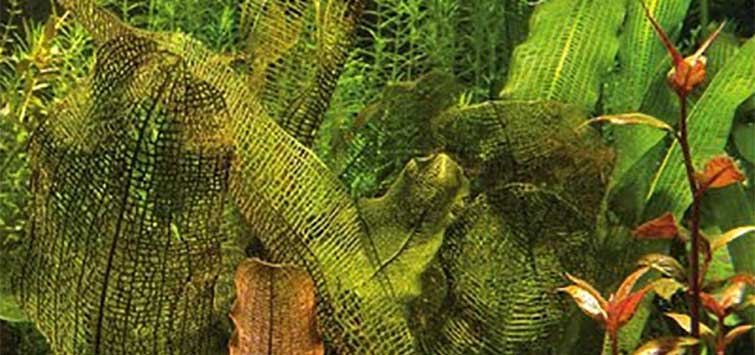
Growth Pattern and Life Cycle
The growth pattern and life cycle of the Madagascar Lace Plant demonstrate its dynamic nature and unique reproductive mechanisms.
Seasonal variation in growth
This plant has a tuberous nature, which allows it to undergo a dormant period in tune with seasonal variations. In dryer seasons, the plant retracts into its bulb form, only to resurface with the arrival of more favorable, wetter conditions.
Maturity and lifespan
The lifespan and maturity of the Madagascar Lace Plant depend on several factors, including water conditions, light exposure, and nourishment. Under conducive conditions, the plant can grow rapidly and mature within 1-2 years.
Reproductive mechanisms
The plant exhibits an intriguing reproductive mechanism where it grows long flower stalks that hover over the water surface. Upon pollination, these stalks produce seeds which eventually find their way back into the water, leading to the propagation of new plants.
Physical Characteristics
There are several defining physical characteristics that make the Madagascar Lace Plant stand out.
Leaf structure and pattern
The plant’s most distinctive feature is its perforated latticework leaf structure, which earned it the ‘Lace’ moniker. This leaf pattern is not only highly intricate but also provides the plant with a lightweight form that allows it to float effortlessly on water surfaces.
Roots and stems
The roots and stems of the Madagascar Lace Plant are bulbous and fleshy, providing the plant with adequate buoyancy and a solid substrate to attach itself to the water bodies’ bottoms.
Flowers and seeds
The plant produces tall flower spikes that stand out from the water surface to facilitate pollination. After successful pollination, these stalks yield seeds that are coated with a gel-like substance, aiding their trip back into the water for propagation.
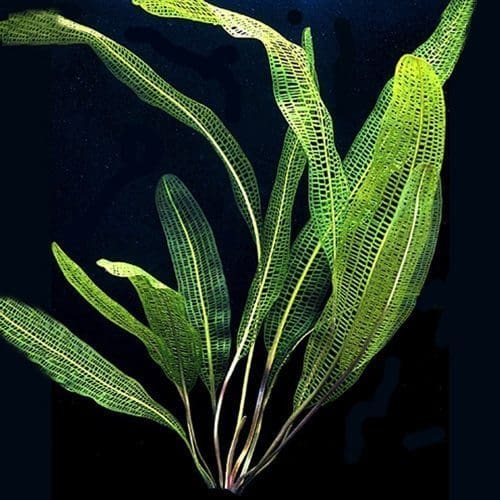
Care and Maintenance
Raising a healthy Madagascar Lace Plant requires particular care, feeding, and avoidance of common pests and diseases.
Water conditions
The plant thrives in temperate, fresh waters with soft to moderate hardness. Furthermore, it prefers low to moderate light conditions and does not tolerate extreme temperature variations well.
Feeding and sunlight requirements
The plant requires a balanced nutrient diet, consisting primarily of potassium, magnesium, and iron. Adequate sunlight exposure is also crucial, as it assists in photosynthesis and overall growth.
Issues with pests and disease
Some common issues for Madagascar Lace Plant include fungal infections, snail infestation, and root rot. It is paramount to maintain a clean, nutritious water ecosystem to ensure the plant remains healthy and robust.
Reproduction and Propagation
Reproducing Madagascar Lace Plants in an artificial setting can present several challenges due to its unique propagation requirements.
Self-replication
The plant can self-replicate through producing seeds that fall back into the water body after pollination. Tuber division is another method of propagation that this plant undertakes naturally.
Cultivating new plants from seeds
Propagation can be done by collecting the seeds from mature plants and sowing them in similar water conditions as that of the parent plant. However, this may not always result in successful germination and growth.
Common challenges in propagation
One of the common challenges in propagation involves providing the exact conditions for seed germination and plant growth. Achieving the balance of optimal water temperature, pH level, and light exposure can be a daunting task, making the propagation of this plant comparatively complex.
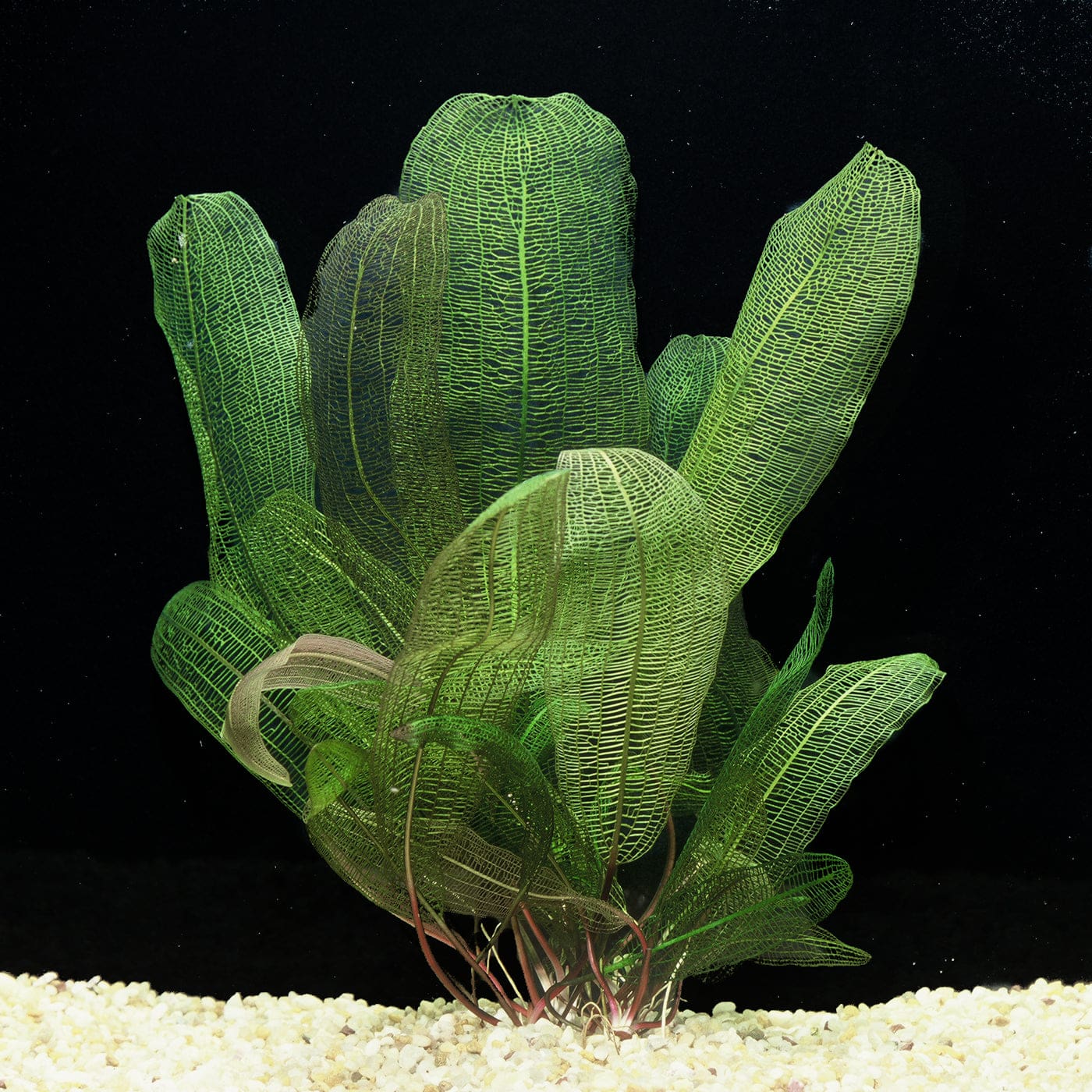
Uses and Benefits
Such a unique and intricate plant obviously accrues various uses and benefits.
Role in aquatic ecosystems
With its intricate leaf structure, the Madagascar Lace Plant provides excellent coverage for fish and microorganisms. It offers a suitable habitat for many underwater species, thus playing a vital role in aquatic biodiversity.
Use in aquariums and ponds
The plant’s visual appeal makes it a popular choice for adding diverse texture in aquariums and ponds. Its robust nature and intriguing growth pattern further enhance its suitability for aquarium landscapes.
Value for biodiversity and conservation
This plant’s aesthetic appeal and role in freshwater biodiversity underline its significance from a conservation perspective. It becomes critically important to preserve and propagate this species considering its biodiversity value and unique contributions to aquatic ecosystems.
Threats and Challenges
Despite its many strengths and benefits, the Madagascar Lace Plant faces numerous threats and challenges.
Environmental threats
Environmental threats such as climate change, water pollution, and deforestation of surrounding areas pose significant challenges for the survival of this plant. Alterations in water temperature, pH, and nutrient quality can hinder the plant’s ability to thrive.
Human-caused threats
Over-collection for ornamental purposes, invasion of exotic species, and habitat destruction are some of the prevailing human-caused threats that can critically impact the plant’s survival and propagation.
Conservation status and efforts
The Madagascar Lace Plant is classified as “Vulnerable” by the IUCN. Conservation efforts, therefore, focus on preserving its natural habitat, regulating its collection for ornamental uses, and spreading awareness about its ecological importance.
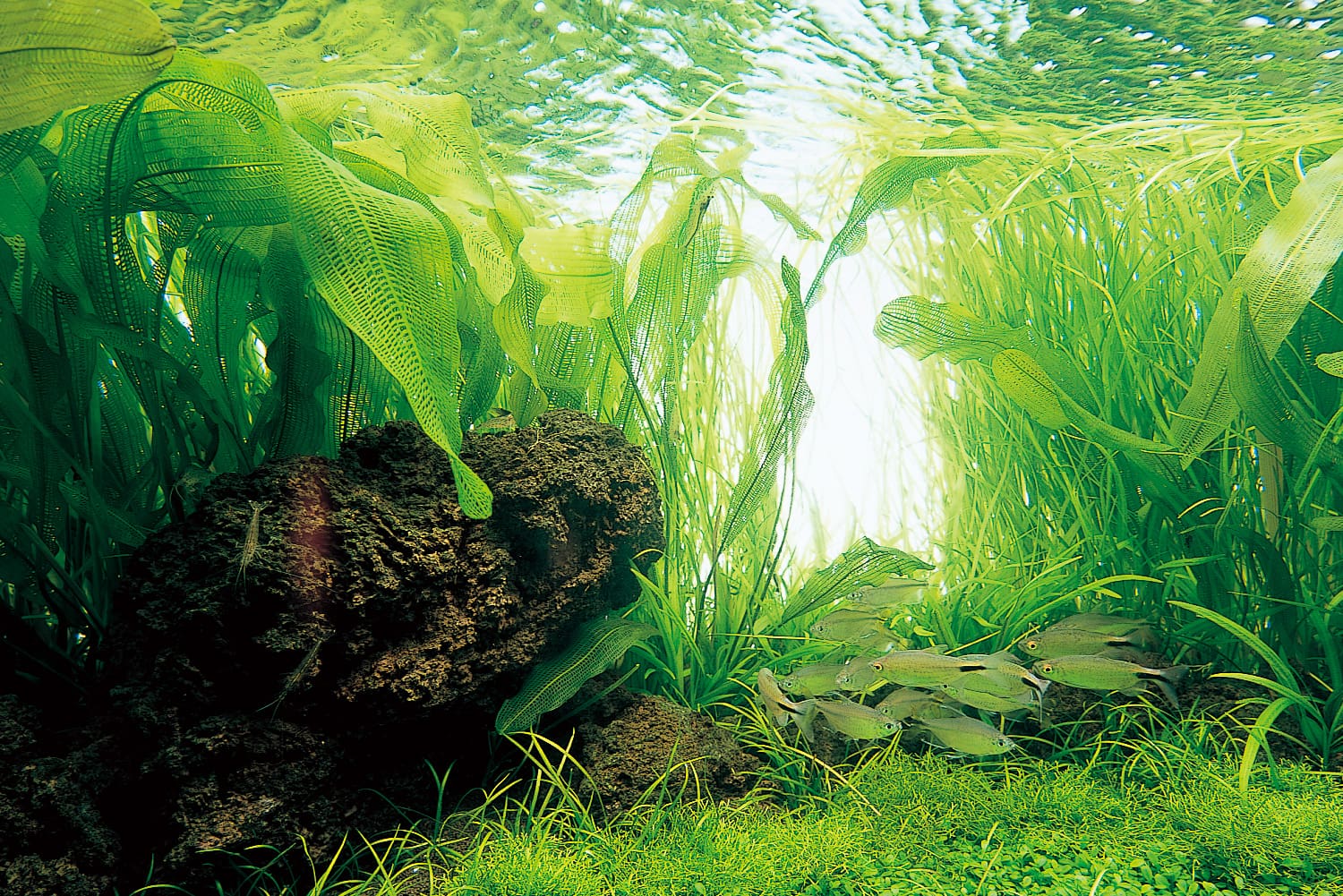
Common Varieties and Species
Although the Aponogeton madagascariensis is the most commonly recognized, there are many other varieties of the same species offering similar leaf patterns and sizes.
Differences in leaf pattern and size
Other species in the Aponogeton genus have plainer or less ornate leaf patterns, reflecting variations in habitat and growth conditions. Leaf sizes can also vary significantly across these species.
Diversity in habitats
These species can be found in diverse habitats, ranging from flowing rivers to stagnant water bodies, and have adapted to a variety of freshwater conditions around the globe.
Characteristic features of different varieties
Common features amongst all Aponogeton species are their bulb-like root structures, lace-like leaf patterns to different extents, and their tendency to produce floating flower stalks for pollination and seed dispersion.
Conclusion
The versatility and beauty of the Madagascar Lace Plant, coupled with its vital role in promoting biodiversity, make it an important aquatic species worth conserving and propagating. Its intricate leaf structure, fascinating growth pattern, and unique reproductive mechanism make it a fascinating gem within our ecosystems. The urgent need for conservation efforts is heightened by the growing environmental and human-induced threats. Efforts to understand, appreciate, and conserve the Madagascar Lace Plant will undoubtedly contribute to the collective goal of preserving our planet’s rich biodiversity.
